
Interiors
“Every era seems to imagine that they’re at the peak of civilisation, and everything that’s gone before was just a prequel. The classical tradition reminds us that other civilisations can be equally as great, and will also pass into obscurity.”
Four Crowns’ In-House Artist (2021)
We work with interior designers from around the world, supplying decorative artwork and designs. We provide expert consultation on scagliola application, proportion and classical design.
Being a scagliola studio first, we pride ourselves on being able to faithfully mirror rare, lost or unobtainable marbles, enabling the execution of unrivalled designs.
The rarity of scagliola as a featured material generates its own unique aesthetic. The allure of our finishes comes from exacting craftsmanship working at the highest level.
Get it touch to discuss how we can offer distinctive elements to help augment your design brief.
-

Four Crowns Designs
We are able to adapt any of our designs to the colour clarity or marble effect your project's aesthetic feel requires. For example, our Obelisk could also be executed in a finish that mirrors giallo antico or africano. Visit our Scagliola Library for inspiration.
We also have a wide range of bespoke fireplace, doorcase and architectural detailing designs. Contact us to discuss your project and to be sent some scagliola samples.
-

Consultation
With over fifty years experience in sculpting and stone masonry, combined with an academic background in classics, we offer clear, thoughtful and constructive guidance on how to implement classical themes in your project. This will assist you in creating a compelling, balanced aesthetic.
More importantly, our expertise will enable you to feel confident that your design contributes to the classical tradition, rather than producing poor replicas or pastiche.
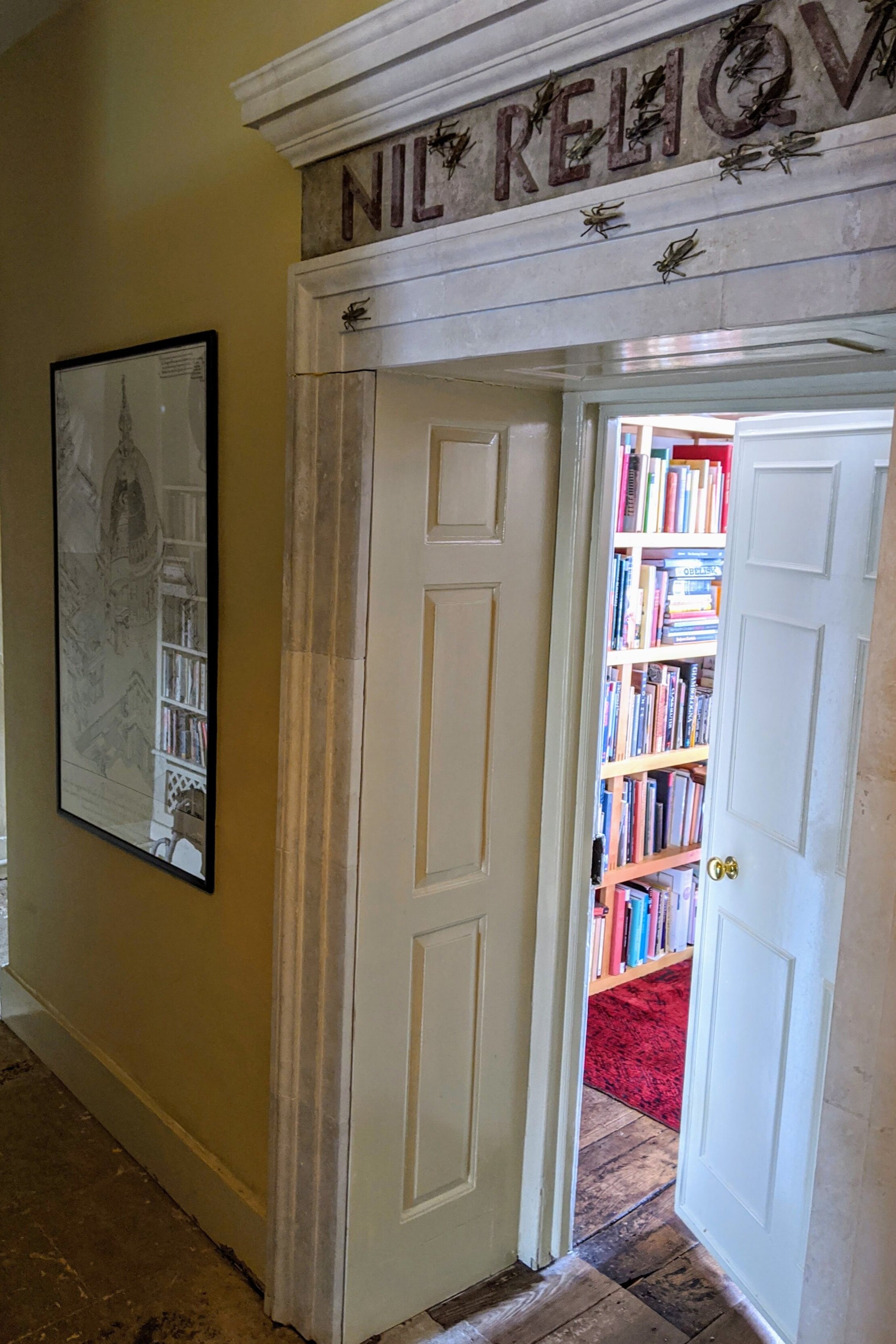

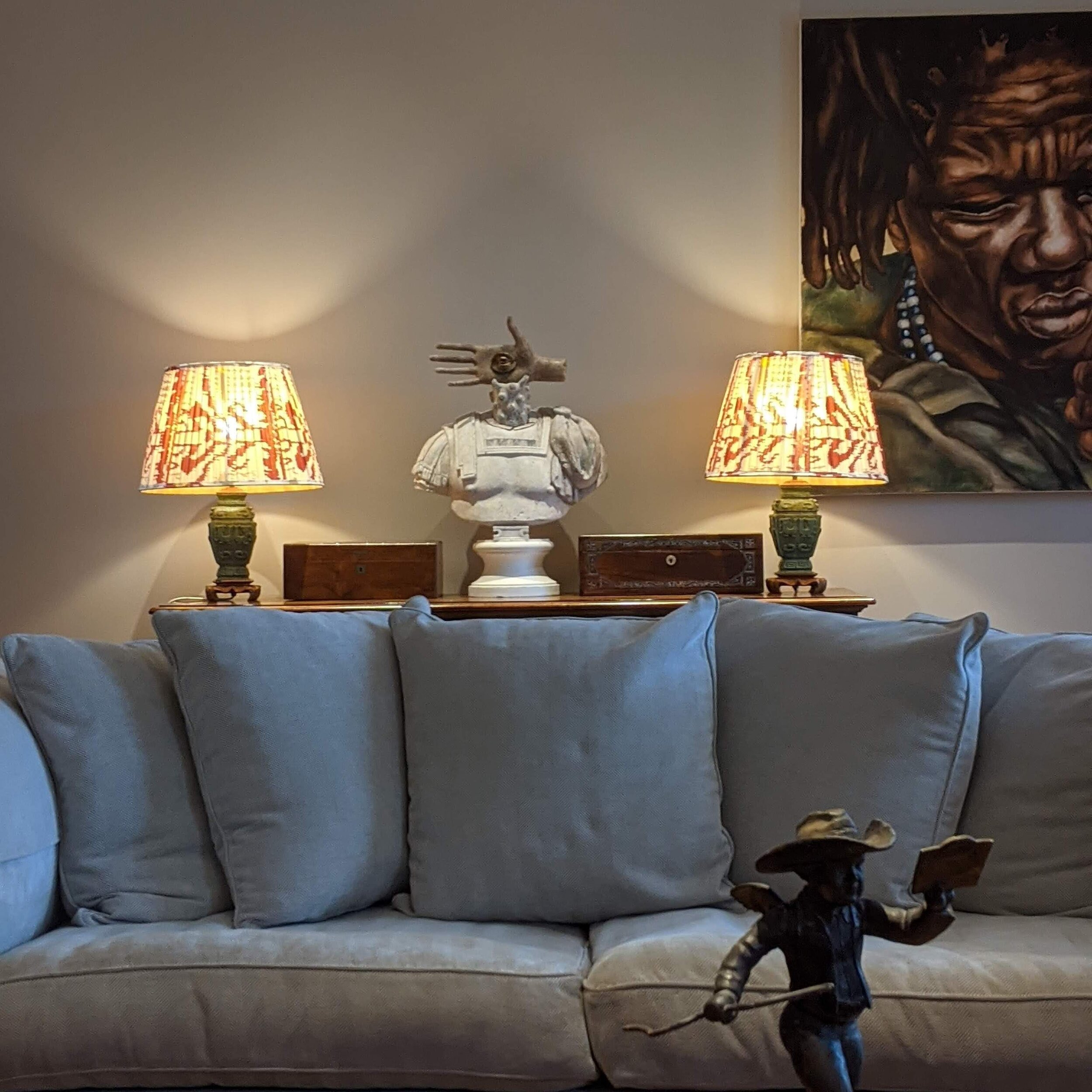
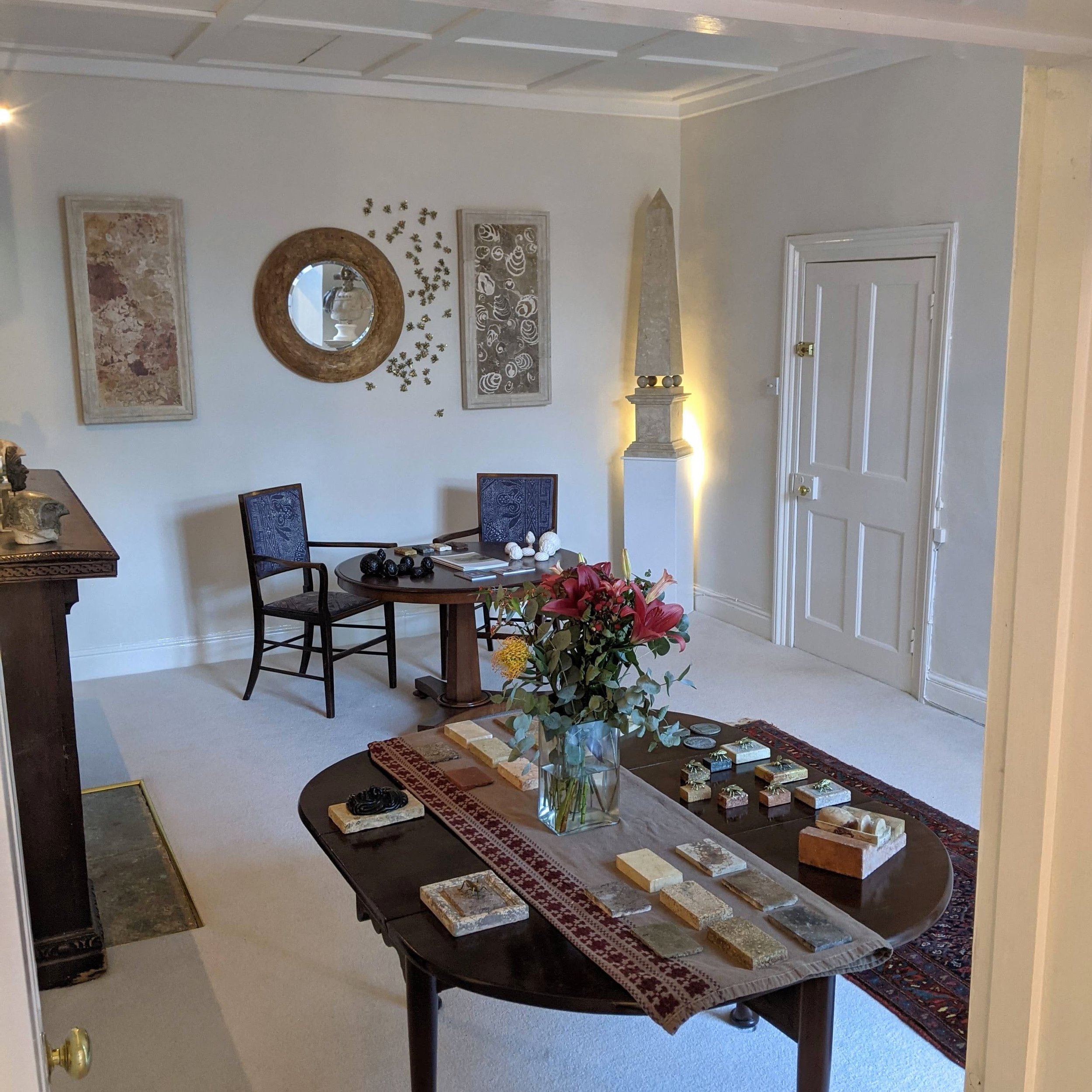




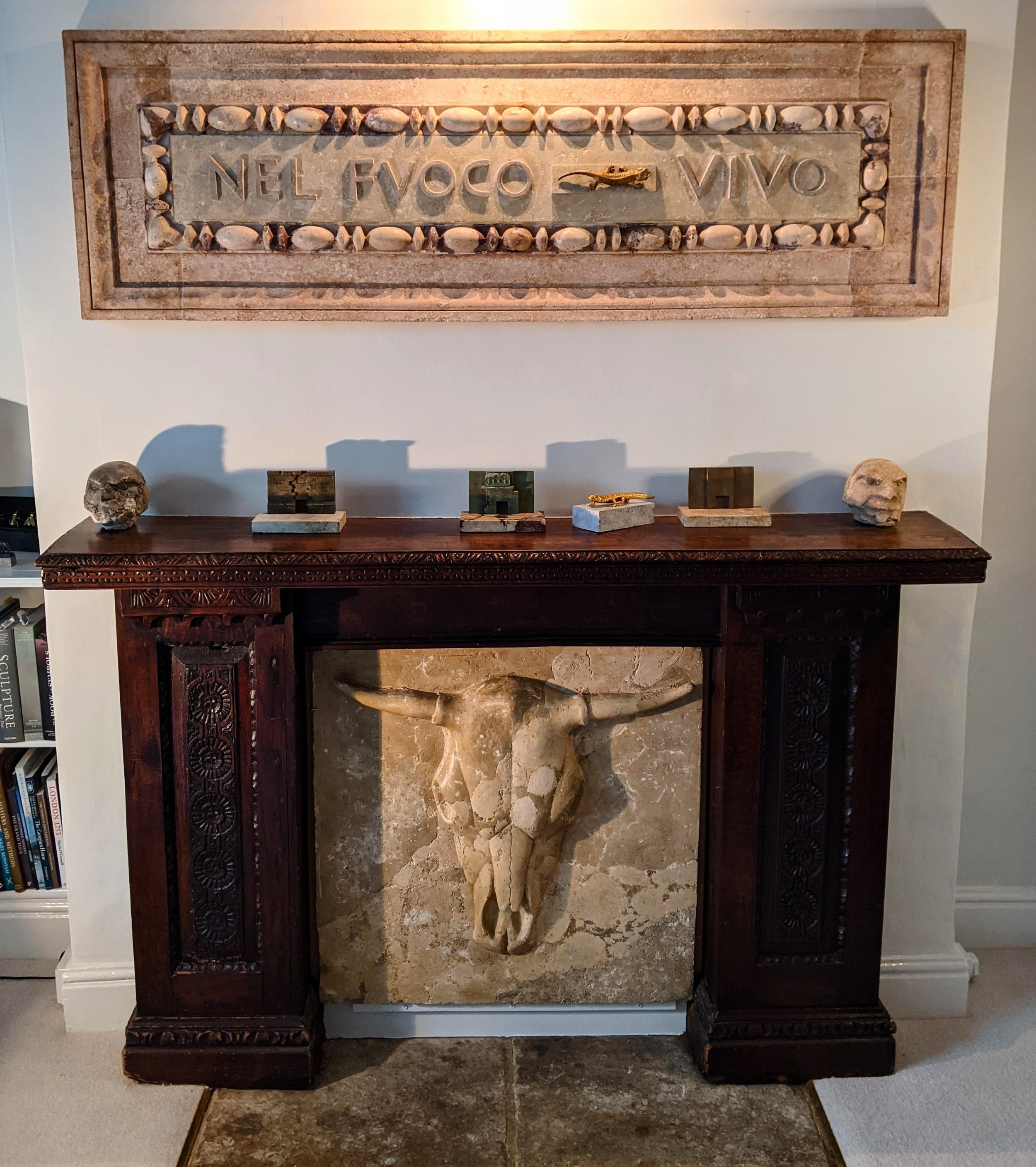
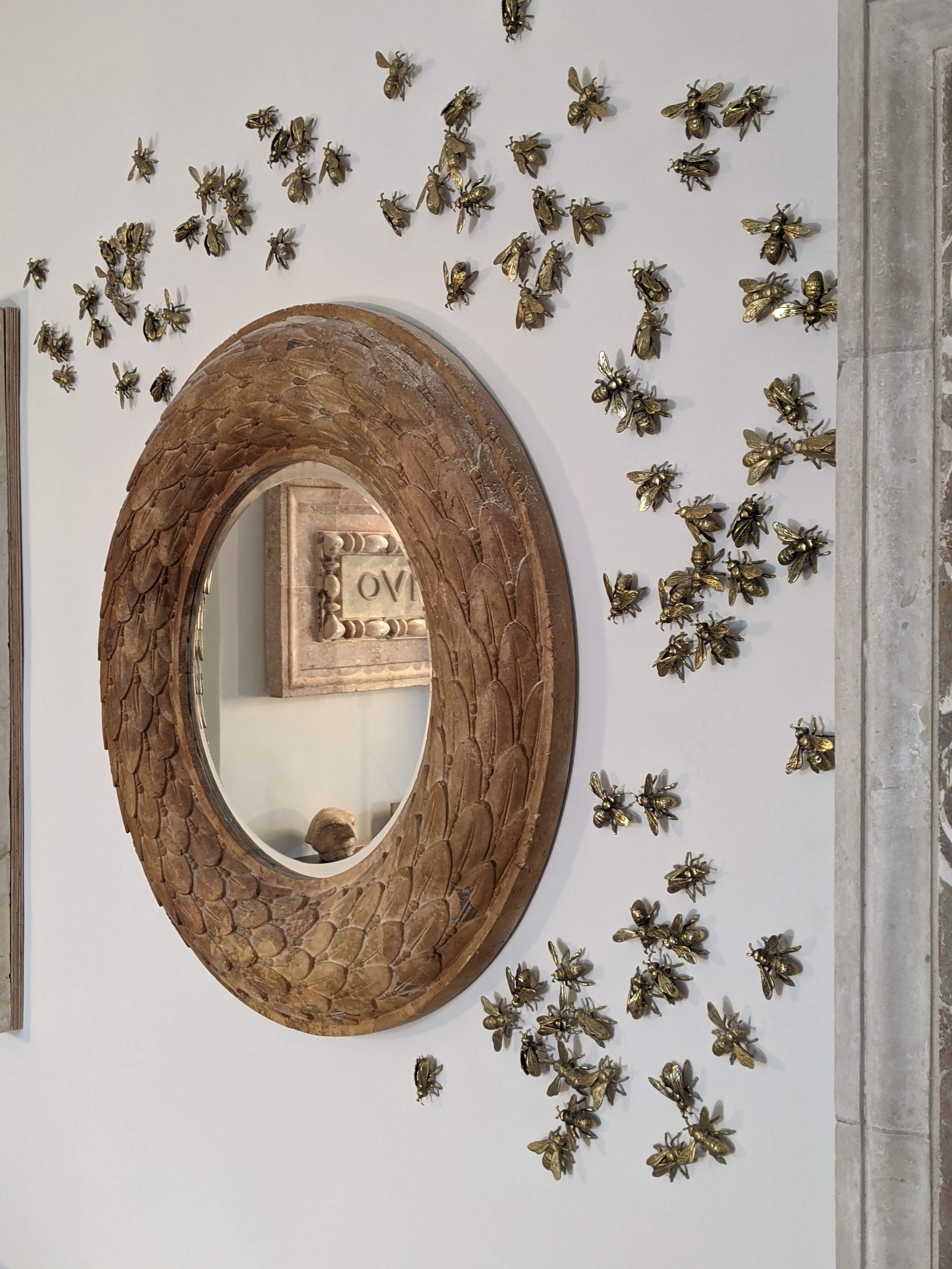
Thousands of years after ancient buildings have fallen to ruin, designers all over the world are now turning to them to inform their contemporary aesthetic.
Since the young milordi on the Grand Tour spearheaded the Greco-Roman revival of the 17th- and 18th-centuries, during which the allure of ancient Roman ruins and Palladian villas were chiefly in vogue, the language of classical architecture has become contentious – especially throughout the thorny rise and fall of modernism.
But now, as more designers are working outside of strict architectural doctrine, classical aesthetics are finding new life, and are once again considered a fertile space for adaptation and acculturation.


